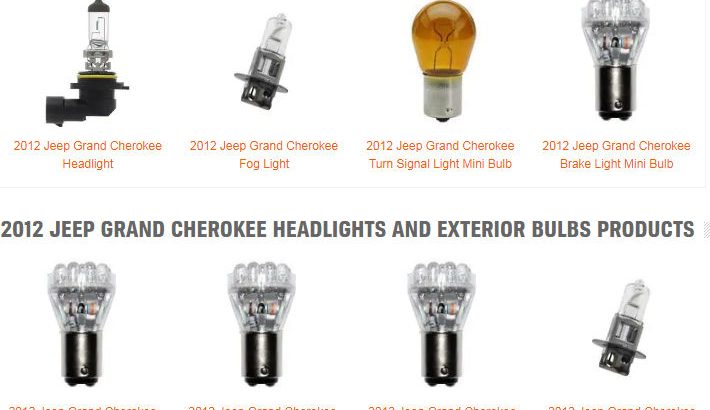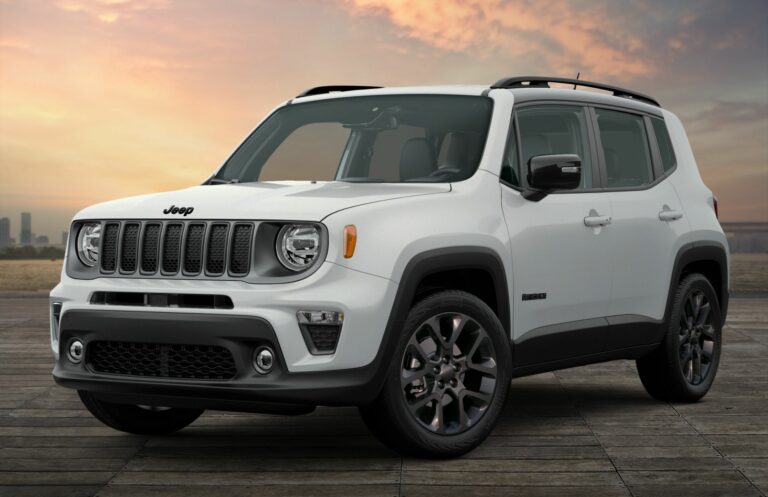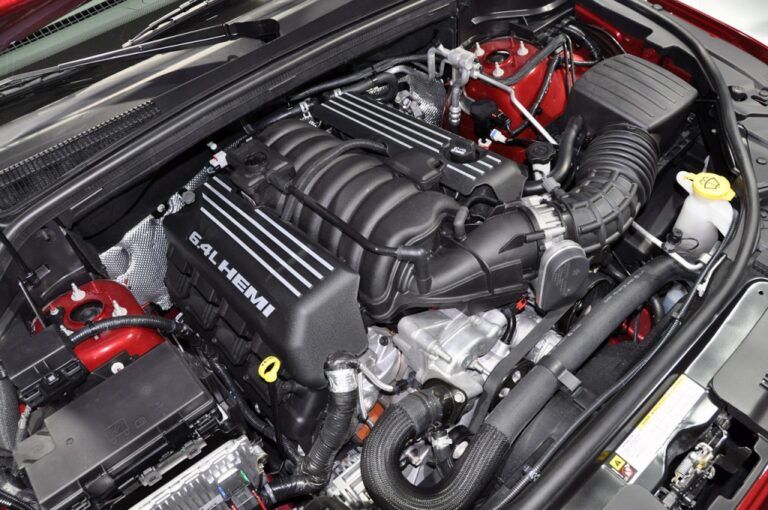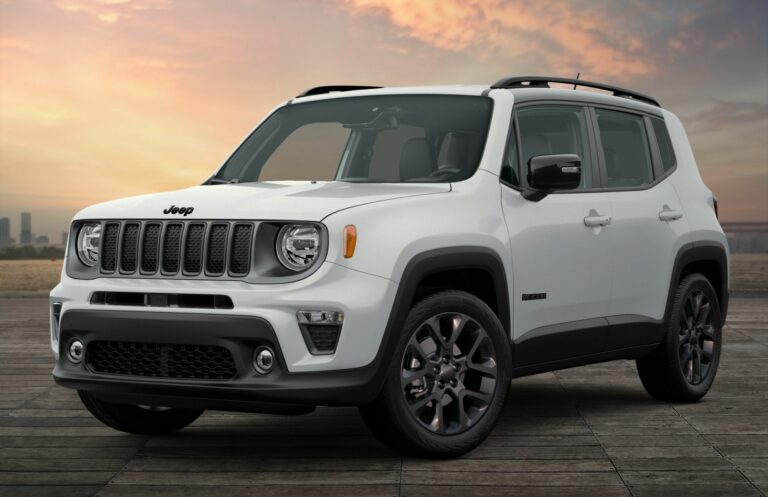2012 Jeep Grand Cherokee Headlights: Illuminating Your Journey
2012 Jeep Grand Cherokee Headlights: Illuminating Your Journey jeeps.truckstrend.com
The 2012 Jeep Grand Cherokee, part of the beloved WK2 generation, is renowned for its blend of rugged capability, luxurious comfort, and sophisticated design. While its powerful engine and versatile 4×4 system often grab the spotlight, one of the most critical, yet often overlooked, components ensuring both safety and aesthetics are its headlights. These aren’t just simple light sources; they are complex systems designed to provide optimal visibility in diverse conditions, alert other drivers to your presence, and contribute significantly to the vehicle’s distinctive front-end appeal. Understanding the intricacies of your 2012 Grand Cherokee’s headlights – from their types and maintenance to potential upgrades – is paramount for any owner seeking to maximize safety, maintain legal compliance, and preserve the vehicle’s pristine look.
Understanding Your 2012 Jeep Grand Cherokee Headlights: The Basics
2012 Jeep Grand Cherokee Headlights: Illuminating Your Journey
The 2012 Jeep Grand Cherokee offered various lighting configurations, largely depending on the trim level. At its core, the headlight system comprises several key functions:
- Low Beams: Designed for general night driving, providing adequate illumination without dazzling oncoming traffic.
- High Beams: For maximum illumination on unlit roads, used when no other vehicles are approaching.
- Turn Signals: Essential for communicating your intentions to other drivers.
- Daytime Running Lights (DRLs): Lights that automatically illuminate during the day, enhancing visibility to others.
- Parking Lights: Low-intensity lights used when parked or for added visibility.

The WK2 platform allowed for different technologies to power these functions, primarily halogen and High-Intensity Discharge (HID), also known as Xenon. Each system has its own characteristics, advantages, and maintenance requirements.
Types of Headlight Systems in the 2012 Grand Cherokee
Jeep offered two primary headlight technologies in the 2012 Grand Cherokee, catering to different owner preferences and budgets:
1. Halogen Headlights (Standard)
Most 2012 Grand Cherokee models came equipped with standard halogen headlights. These are the most common type of automotive lighting, known for their cost-effectiveness and relatively simple design.
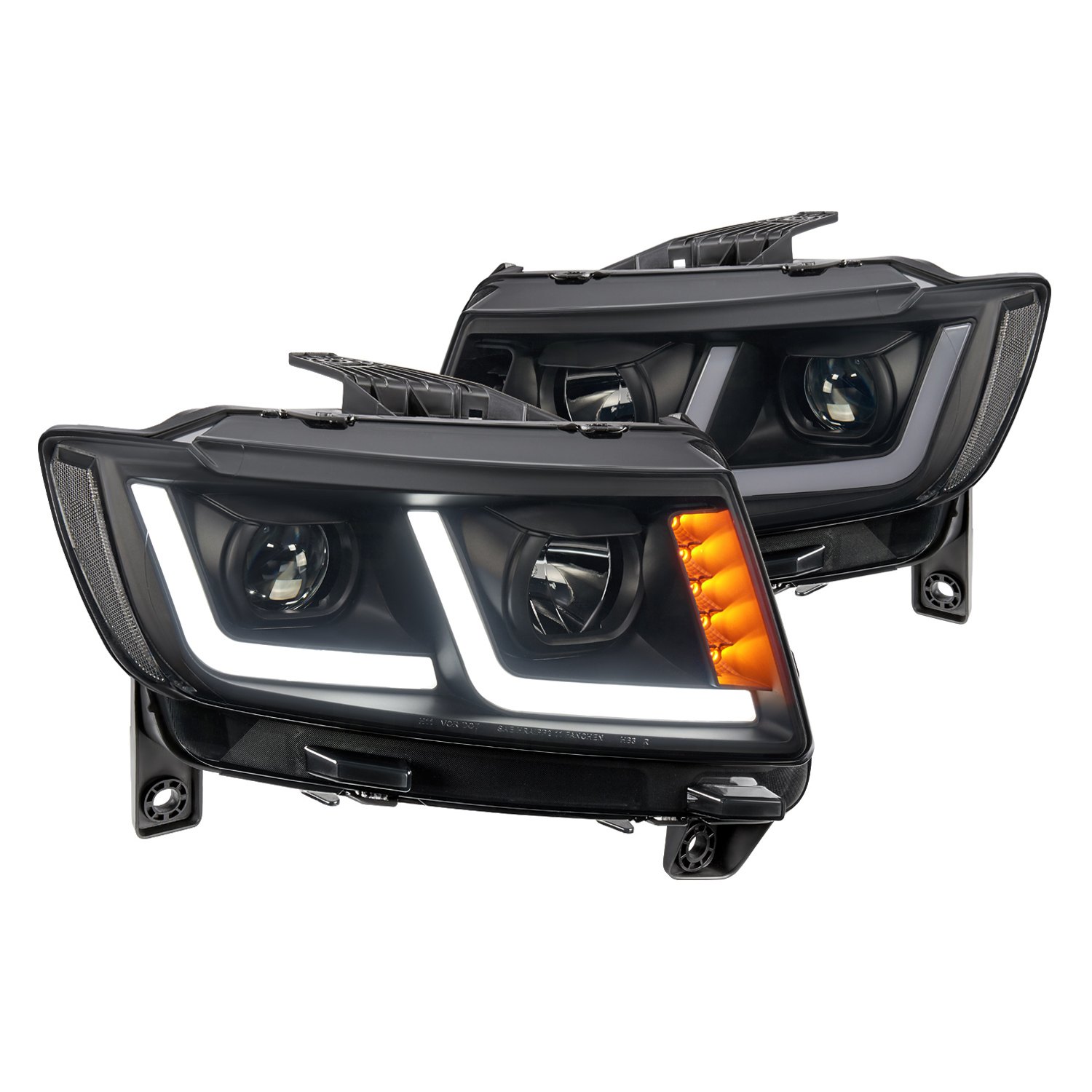
- Description: Halogen bulbs contain a filament encased in a glass capsule filled with halogen gas. When electricity passes through the filament, it heats up and emits a warm, yellowish light.
- Bulb Types: Typically, the low beam utilizes an H11 bulb, while the high beam uses a 9005 (HB3) bulb.
- Pros:
- Affordable: Replacement bulbs are inexpensive and widely available.
- Easy to Replace: Generally straightforward for DIY enthusiasts.
- Familiar Light Output: Provides a traditional warm light.

- Cons:
- Lower Brightness: Not as powerful as HID or LED systems.
- Shorter Lifespan: Typically last between 500-1,000 hours.
- Energy Consumption: Convert a significant amount of energy into heat rather than light.
2. HID (High-Intensity Discharge) / Xenon Headlights (Optional Upgrade)
Higher trim levels of the 2012 Grand Cherokee (e.g., Overland, Summit) often featured factory-installed HID headlights, providing superior illumination.
- Description: HID lights produce light by igniting a mixture of noble gases (including Xenon) within a sealed capsule, creating an arc of electricity between two electrodes. This process generates an incredibly bright, white light. These systems typically use projector lenses for precise beam control and require a ballast and igniter for operation.
- Bulb Type: The most common HID bulb for the 2012 Grand Cherokee’s factory system is the D1S.
- Pros:
- Superior Brightness and Visibility: Significantly brighter and whiter light than halogens, improving nighttime visibility.
- Longer Lifespan: Can last up to 2,000-3,000 hours, often outliving halogen bulbs by a factor of 2-3.
- Modern Aesthetic: Provides a crisp, high-tech look.
- Energy Efficiency: More light output per watt consumed compared to halogens.
- Cons:
- Higher Cost: Both the initial system and replacement components (bulbs, ballasts) are more expensive.
- Complex System: Requires a ballast and igniter, making DIY replacement more challenging and potentially hazardous due to high voltage.
- Warm-up Time: Take a few seconds to reach full brightness.
- Auto-Leveling Requirement: Many factory HID systems come with automatic leveling to prevent dazzling oncoming drivers, adding to complexity.
The Importance of Optimal Headlight Performance
Properly functioning headlights are non-negotiable for safe driving. Their importance extends beyond simply seeing the road:
- Safety: Good visibility allows you to react to obstacles, road hazards, and unexpected events much faster. It’s crucial for navigating unlit roads, adverse weather conditions (rain, fog, snow), and rural areas where wildlife might be present.
- Visibility to Others: Your headlights (and taillights) ensure that other drivers, pedestrians, and cyclists can see your vehicle, reducing the risk of collisions, especially during dusk, dawn, or inclement weather.
- Legal Compliance: Most regions have strict regulations regarding headlight brightness, color, and functionality. Operating a vehicle with malfunctioning or improperly aimed headlights can result in fines and safety risks.
- Vehicle Aesthetics: Clear, bright headlights significantly enhance your Grand Cherokee’s appearance, contributing to its overall appeal and resale value. Hazy or dim headlights can make even a well-maintained vehicle look neglected.
Common Headlight Issues and Troubleshooting
Even with the robust engineering of a Jeep, headlight systems can develop issues over time. Here are some common problems and their potential solutions:
- Dimming or Flickering Lights:
- Cause: Aging bulbs (especially HIDs), failing ballast (HID), loose wiring, or a weak alternator.
- Solution: Replace the bulb, inspect wiring connections, or have the ballast/alternator checked by a professional.
- Burned-Out Bulb:
- Cause: End of bulb lifespan.
- Solution: Simple bulb replacement.
- Condensation or Moisture Inside the Headlight Assembly:
- Cause: A compromised seal, crack in the housing, or improper ventilation.
- Solution: Often requires removing the assembly, drying it out thoroughly, and resealing it with silicone. If the housing is cracked, replacement is usually necessary.
- Yellowing or Hazing of Lenses:
- Cause: UV exposure, oxidation, and environmental contaminants degrading the polycarbonate lens over time.
- Solution: Headlight restoration kits can effectively remove the oxidized layer and restore clarity. For severe cases, or if the internal reflector is damaged, complete headlight assembly replacement is the best option.
- Improper Headlight Aim:
- Cause: Bumps, impacts, or incorrect adjustment after maintenance.
- Solution: Adjust the headlight aiming screws (usually two per headlight) according to your vehicle’s manual or a reputable guide. This is crucial to avoid dazzling oncoming drivers and ensuring optimal road illumination.
DIY Headlight Maintenance and Bulb Replacement Guide
Maintaining your Grand Cherokee’s headlights can extend their life and improve performance.
- Regular Cleaning: Periodically wipe down the outer lens with a soft cloth and automotive glass cleaner. This removes dirt, bugs, and road grime that can obstruct light output.
- Headlight Restoration (for Hazing):
- Materials: Headlight restoration kit (includes various grit sandpaper, polishing compound, clear coat sealant), masking tape, water spray bottle, microfiber cloths.
- Steps:
- Clean the headlight thoroughly.
- Mask off the surrounding paint to protect it.
- Wet-sand the lens with progressively finer grit sandpaper (e.g., 800, 1500, 3000 grit) until the yellowing and hazing are removed, and the lens appears uniformly frosted. Keep the surface wet.
- Apply polishing compound with a buffing pad or cloth until the lens becomes clear.
- Clean the lens thoroughly and apply the UV protective clear coat sealant according to the kit instructions. This step is vital to prevent future hazing.
- Bulb Replacement (Halogen):
- Safety First: Ensure the engine is off and the parking brake is engaged. Disconnect the negative terminal of the battery for extra safety, especially if working near electrical components.
- Access: For the 2012 Grand Cherokee, accessing headlight bulbs often involves removing a few retaining clips and pulling back the wheel well liner, or sometimes reaching through the engine bay, depending on the side and bulb.
- Removal: Twist the bulb connector counter-clockwise (or release a clip/spring) to remove the old bulb.
- Installation: Insert the new bulb, ensuring it’s seated correctly. Crucially, avoid touching the glass part of the new bulb with bare hands. Oils from your skin can create hot spots and significantly shorten the bulb’s lifespan. Use gloves or hold the bulb by its base.
- Test: Reconnect the battery, turn on the headlights to ensure the new bulb works, and then reassemble.
- Note: HID bulb replacement is more complex due to high voltage components (ballast, igniter) and is often best left to a certified mechanic unless you have specific experience.
Upgrading Your 2012 Jeep Grand Cherokee Headlights
For those seeking enhanced performance or a more modern look, several upgrade options exist:
- Performance Halogen Bulbs: These are direct replacements for standard halogens but use advanced filaments and gas mixtures to produce a brighter, whiter light. They are a simple, cost-effective upgrade.
- LED Conversion Kits (for Halogen Housings): These kits replace halogen bulbs with LED equivalents.
- Pros: Very bright, instant-on, long lifespan, energy-efficient.
- Cons: Can create an improper beam pattern (glare for oncoming drivers) if not designed specifically for halogen reflector housings. May require CANBUS decoders to prevent error messages on the dashboard. Research compatibility and legality carefully.
- Aftermarket Headlight Assemblies: Complete replacement headlight units that might feature different internal designs (e.g., projector lenses for halogen cars), integrated LED DRLs, or even full LED setups.
- Considerations: Quality varies widely. Choose reputable brands to ensure proper fitment, durability, and a safe beam pattern. Some aftermarket units may require wiring modifications.
- HID Retrofit (from Halogen): This involves installing aftermarket HID projectors into your original halogen headlight housings. This is a complex, custom modification that requires professional expertise to ensure proper beam cutoff and safety. It’s the most effective way to get true HID performance if your vehicle didn’t come with it, but it’s also the most expensive and labor-intensive.
Practical Advice and Actionable Insights
- Regular Inspection: Make it a habit to check your headlights, high beams, turn signals, and fog lights regularly. A quick walk-around before driving is a good practice.
- Don’t Ignore Dim Lights: If one headlight seems dimmer than the other, it could be a sign of an impending failure. Address it proactively to avoid being caught in the dark.
- Choose Quality Replacements: When replacing bulbs or assemblies, opt for reputable brands. Cheap, no-name parts might save money upfront but can lead to premature failure, poor performance, or even electrical issues.
- Professional Help for Complex Issues: If you’re unsure about diagnosing an electrical problem, replacing an HID bulb, or performing a complex upgrade, consult a qualified mechanic.
- Proper Aiming is Crucial: After any bulb or assembly replacement, verify your headlight aim. Incorrectly aimed headlights compromise your visibility and can dangerously blind other drivers.
2012 Jeep Grand Cherokee Headlights: Estimated Price Guide
Please note that prices are highly variable based on brand (OEM vs. aftermarket), quality, retailer, and location. These are estimated ranges in USD as of late 2023 / early 2024.
| Item/Component | Estimated Price Range (USD) | Notes |
|---|---|---|
| Bulbs (Per Pair) | ||
| Halogen Low Beam (H11) | $20 – $50 | Standard replacement bulbs, including brighter/longer-life versions. |
| Halogen High Beam (9005/HB3) | $20 – $50 | Standard replacement bulbs. |
| HID D1S Bulb (Factory Xenon) | $80 – $200+ | Varies significantly by brand (Philips, Osram, Sylvania are common OEM suppliers). |
| LED Conversion Kit (for Halogen) | $80 – $200 | For replacing H11/9005 halogens with LEDs. Quality and CANBUS decoders affect price. |
| Headlight Assemblies (Per Unit) | ||
| Aftermarket Halogen Assembly | $150 – $400 | Replacement for original halogen housing. Quality and features (e.g., DRLs) vary. |
| Aftermarket HID Assembly (Replica) | $300 – $700+ | Replacement for original HID housing or upgrade for halogen. Check compatibility and quality carefully. |
| OEM Halogen Headlight Assembly | $350 – $600+ | Genuine Mopar part, direct replacement. |
| OEM HID Headlight Assembly | $600 – $1200+ | Genuine Mopar part for factory HID vehicles. Includes ballast and bulb for some models. |
| Maintenance/Repair Items | ||
| Headlight Restoration Kit | $20 – $50 | DIY kits for removing yellowing/hazing. |
| HID Ballast (Aftermarket/OEM) | $50 – $250+ | Replacement for faulty HID ballast. Price varies greatly by brand and whether it’s OEM or aftermarket. |
| Labor Costs (Professional) | (Varies by shop and region) | |
| Bulb Replacement (Halogen) | $30 – $80 | Simple replacement, depends on accessibility. |
| Bulb Replacement (HID) | $60 – $150 | More complex, requires careful handling of high-voltage components. |
| Headlight Assembly Replacement | $80 – $200+ | Involves bumper/fender liner removal, aiming. Per side. |
| Headlight Aiming | $40 – $100 | If not included with replacement. |
Frequently Asked Questions (FAQ)
Q1: What type of headlight bulbs does my 2012 Jeep Grand Cherokee use?
A1: It depends on your trim level. Most Grand Cherokees came with standard halogen headlights, typically using H11 for low beams and 9005 (HB3) for high beams. Higher trims with optional factory HID/Xenon headlights use D1S bulbs for the low beams.
Q2: Can I upgrade my halogen headlights to HID or LED?
A2: Yes, you can. For a direct bulb swap, LED conversion kits are popular for halogen housings. However, ensure the kit is designed to provide a proper beam pattern to avoid glaring other drivers. For a true HID experience, a professional HID projector retrofit into your existing housing is the best option, though it’s more expensive and complex.
Q3: How do I fix foggy or yellowed headlights on my Grand Cherokee?
A3: For mild to moderate hazing, a headlight restoration kit is an effective DIY solution. These kits typically involve sanding, polishing, and sealing the lens to restore clarity. For severe damage or internal issues, replacing the entire headlight assembly is recommended.
Q4: How often should I replace my headlight bulbs?
A4: Halogen bulbs typically last 500-1,000 hours. HID bulbs can last 2,000-3,000 hours. You should replace them when they burn out, or if you notice a significant dimming or change in color, which indicates they’re nearing the end of their life.
Q5: Why are my headlights flickering?
A5: Flickering headlights, especially with HID systems, often indicate a failing bulb or a faulty ballast. For halogen lights, it could be a loose connection or an issue with the vehicle’s electrical system (e.g., alternator). It’s best to diagnose the specific cause to avoid further issues.
Q6: Is it hard to replace a headlight bulb myself on a 2012 Grand Cherokee?
A6: Replacing halogen bulbs is generally a moderate DIY task, often requiring removal of the wheel well liner for access. HID bulb replacement is more complex and involves high-voltage components, making it safer to have a professional handle it unless you are experienced.
Conclusion
The headlights of your 2012 Jeep Grand Cherokee are far more than just light sources; they are integral to your safety, the vehicle’s aesthetic appeal, and its compliance with road regulations. Whether your Grand Cherokee is equipped with reliable halogen lamps or the more advanced HID system, understanding their function, knowing how to perform basic maintenance, and being aware of upgrade possibilities are key aspects of responsible vehicle ownership. By ensuring your headlights are always in optimal condition, you not only illuminate your path but also safeguard your journey, enhancing the pleasure and security of every drive in your capable Jeep Grand Cherokee.

